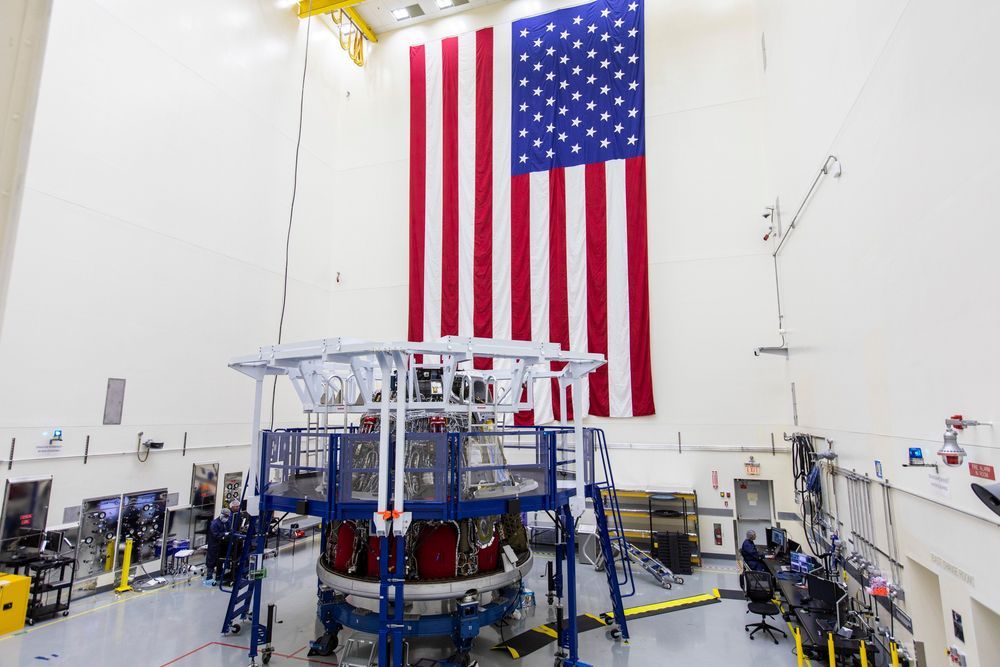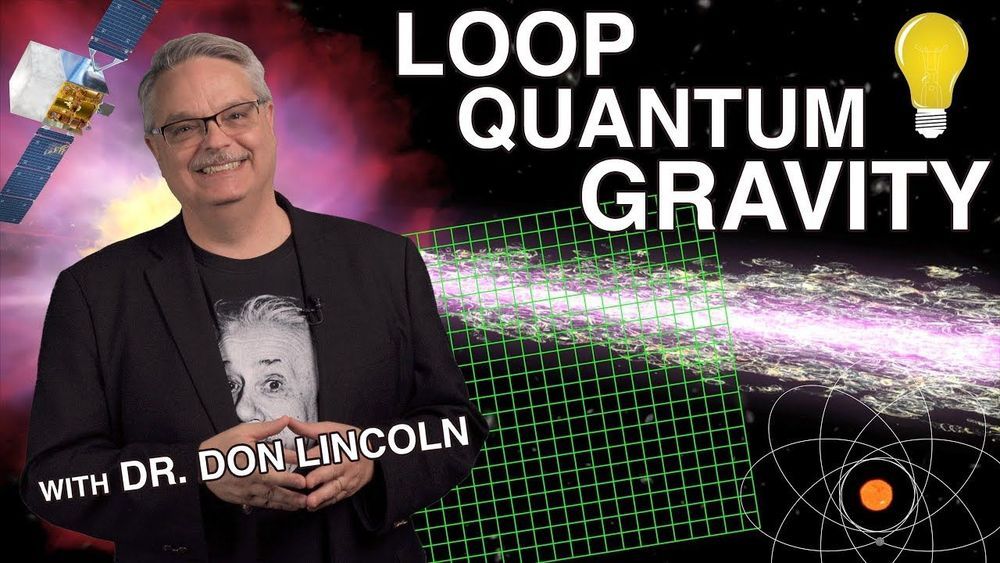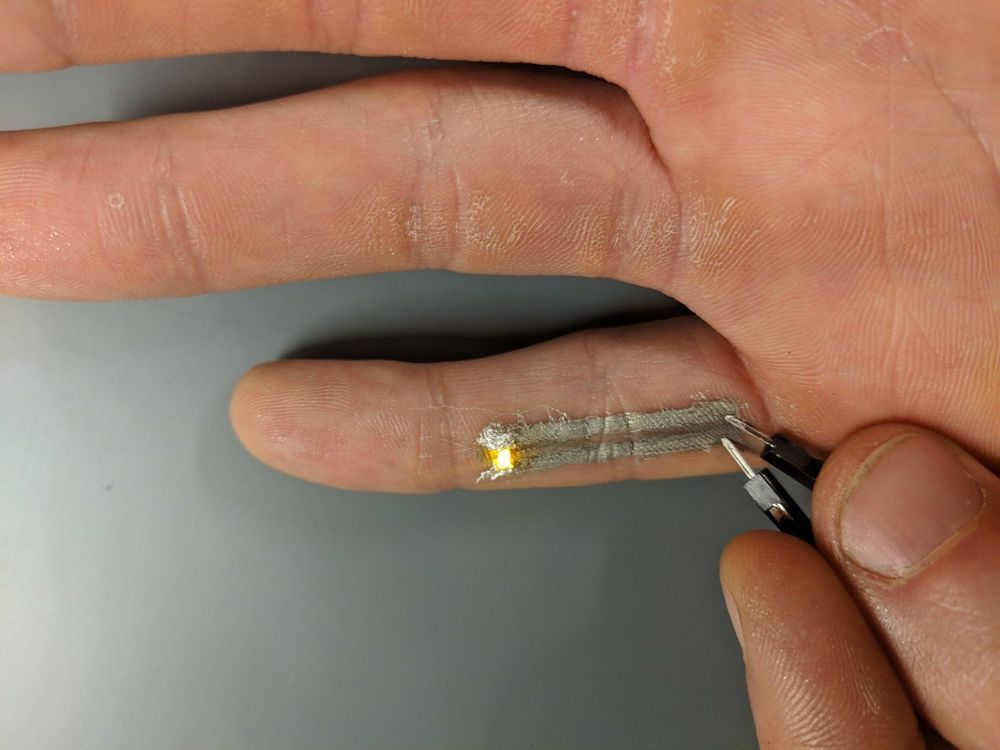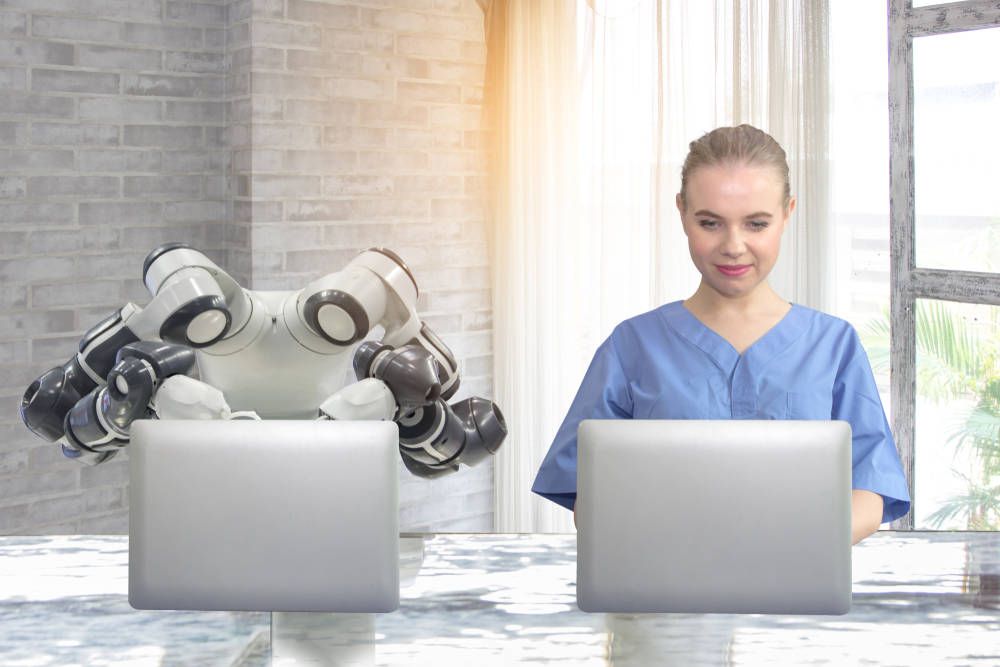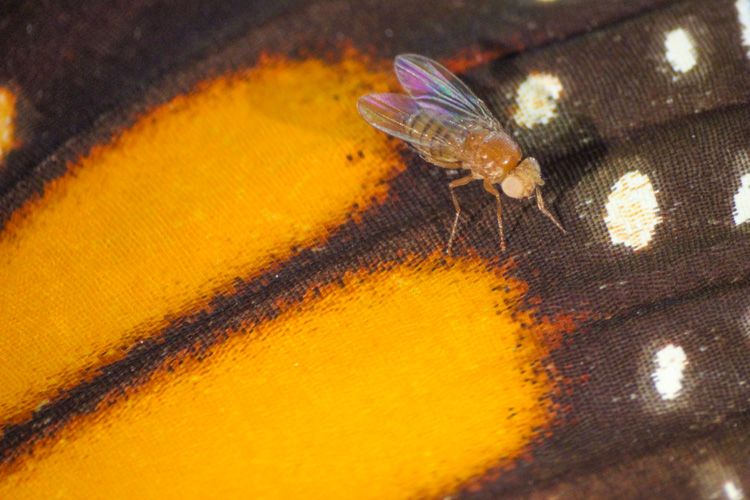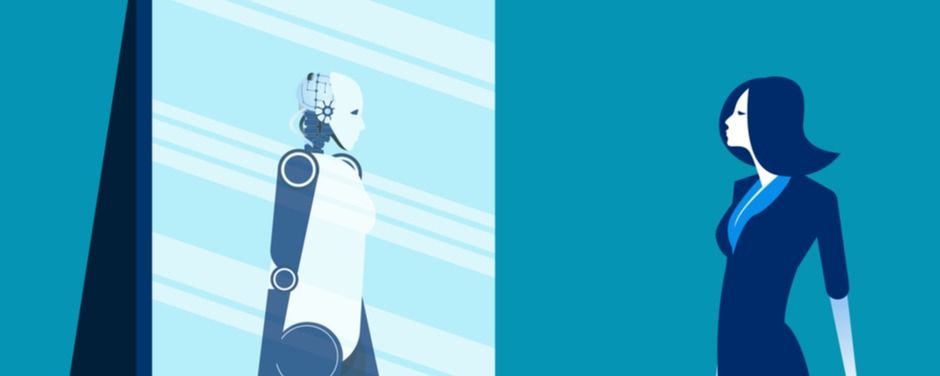Oct 3, 2019
SpaceX’s Falcon 9 rocket and Crew Dragon arrive at Cape Canaveral ahead of key test for crew flight
Posted by Genevieve Klien in category: space travel
SpaceX’s facility at Cape Canaveral just received a crucial new delivery: a Falcon 9 rocket and Crew Dragon capsule that it will be using for an upcoming in-flight abort test. This test, which will demonstrate the spacecraft and launch system’s ability to abort the launch mid-flight in case of any emergencies, is an important and necessary step before SpaceX can fly Crew Dragon with any actual people on board.
This test will replicate a “worst-case scenario” of sorts, by staging a crew capsule separation at the point of “Max Q,” which is the part of the launch where the rocket is exposed to the most severe atmospheric forces prior to making it to space. At this point during the abort test, the Crew Dragon will show that it can detach from the Falcon 9 rocket and propel itself away to a safe distance in order to protect the astronauts on board.
